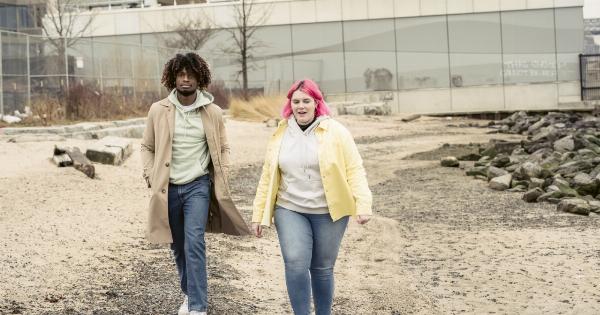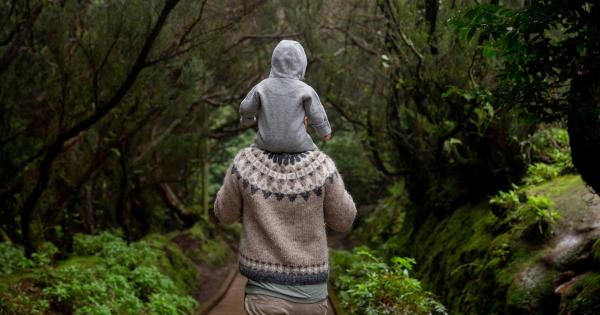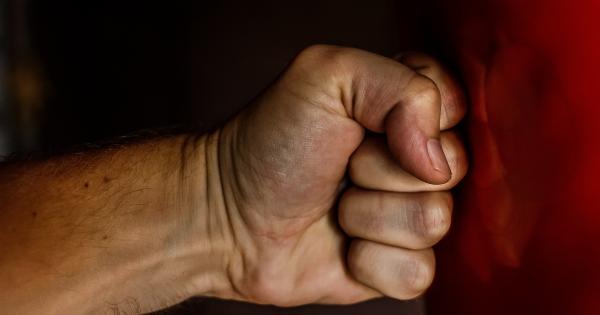Sexual assault is a deeply disturbing and tragic reality that affects countless individuals worldwide. While it is often associated with adult victims, the alarming truth is that children are not immune to this horrifying crime.
Recent research has uncovered startling findings, indicating that one in thirty children will experience a rape or sexual assault incident during their formative years. This article delves into this heart-wrenching issue, shedding light on the shocking statistics and the long-lasting impact it has on the lives of survivors.
The Prevalence of Child Sexual Abuse
Child sexual abuse is an abhorrent crime that can occur across all socio-economic, cultural, and racial backgrounds.
Contrary to what one might assume, perpetrators of these heinous acts are often individuals known and trusted by the child and their family. It could be a family member, a family friend, a teacher, coach, religious authority figure, or any other person in a position of power and authority.
This makes it even more challenging for victims to disclose their experiences, as they often fear the potential consequences of speaking out against someone respected and trusted by their loved ones.
The Impact on Survivors
The consequences of child sexual abuse are far-reaching and devastating. Survivors often experience emotional trauma, such as anxiety, depression, post-traumatic stress disorder (PTSD), and suicidal ideation.
Many victims struggle with feelings of shame, guilt, and self-blame, leading to a myriad of long-term psychological and emotional challenges. Survivors may have difficulty forming and maintaining healthy relationships, and their self-esteem and overall well-being can be severely impacted well into adulthood.
Factors Influencing Reporting and Disclosure
One of the major barriers to addressing the issue of child sexual abuse is the underreporting and non-disclosure of incidents.
There are various reasons why victims may choose not to disclose their experiences, including fear of retaliation from the perpetrator, fear of not being believed, or the belief that no help or justice will be provided. Additionally, younger victims may lack the language and understanding to effectively communicate their traumatic experiences, making it even harder for them to come forward.
These factors contribute to the hidden epidemic of child sexual abuse, allowing perpetrators to continue their heinous acts with impunity.
Predators in Positions of Trust
One particularly distressing aspect of child sexual abuse is the prevalence of predators in positions of trust.
Institutions such as schools, religious organizations, and sports clubs can unfortunately become environments where predators exploit their access to vulnerable children. Recent high-profile cases have shed light on the extent of this issue, revealing the widespread abuse and cover-ups that have taken place within these institutions.
The shocking reality is that those who are meant to protect and guide children can turn into their worst nightmares.
The Importance of Education and Awareness
To combat the alarming rate of child sexual abuse, education and awareness are crucial. Children must be empowered with age-appropriate knowledge about consent, boundaries, and recognizing behaviors that are inappropriate or potential red flags.
Equipping them with this understanding could help them identify abusive situations and seek help when needed. Additionally, adults, including parents, educators, and community members, must receive training to recognize signs of abuse, respond appropriately, and create safe spaces for children to disclose their experiences.
Supporting Survivors and Breaking the Silence
Supporting survivors of child sexual abuse is essential in aiding their healing process. Encouraging an environment where survivors feel safe to disclose and share their experiences without judgment is crucial.
Communities must provide accessible resources such as counseling, therapy, and legal aid to survivors, ensuring they receive the support they desperately need.
Legal Reforms and Justice
Advocacy for legal reforms and stricter penalties for child sexual abuse is vital to deter potential perpetrators and ensure justice for survivors.
Policymakers must work towards implementing robust child protection laws, improving investigative procedures, and increasing awareness of available legal avenues for survivors to seek justice. By holding perpetrators accountable and making the legal system more survivor-centric, society can send a powerful message that child sexual abuse will not be tolerated.
Community Responsibility
Child sexual abuse prevention is a community responsibility. It is not enough for individuals to simply condemn these actions; proactive steps must be taken to protect children from the horrors of abuse.
Safeguarding measures should be implemented within all institutions involving children, including comprehensive background checks, strict hiring protocols, and ongoing monitoring and training of staff and volunteers. Together, as a society, we must strive to create an environment where every child feels safe, valued, and protected.
Breaking the Cycle
To break the cycle of child sexual abuse, early intervention is crucial. Therapeutic services should be accessible to survivors and their families to help them work through the trauma and mitigate the risk of perpetuating abuse across generations.
Mental health support, parenting programs, and community initiatives that promote healthy family dynamics can play a pivotal role in preventing the recurrence of abuse within families and breaking the intergenerational cycle.
Conclusion
The findings that one in thirty children will undergo a rape or sexual assault experience are undoubtedly shocking and heart-wrenching.
As a society, we must confront this grave issue head-on, acknowledging its prevalence and taking concrete action to protect our children. Through education, awareness, support, legal reforms, and community responsibility, we can strive towards a future where every child can grow up free from the fear of sexual abuse.





























